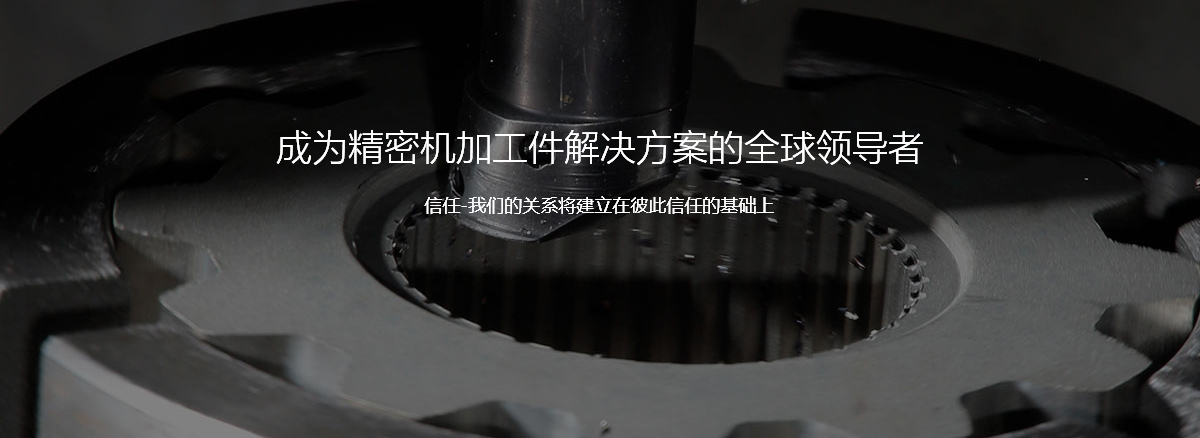High temperature resistant sheet metal materials play a crucial role in many applications in high-temperature environments.
High temperature resistant sheet metal materials typically have a high melting point and good thermal stability. Common high-temperature resistant sheet metal materials include heat-resistant steel, high-temperature alloys, etc. Heat resistant steel contains elements such as chromium, molybdenum, and tungsten, which can maintain high strength and oxidation resistance at high temperatures. High temperature alloys have higher high-temperature resistance and can be used for a long time in extreme high-temperature environments. These materials have a wide range of applications in fields such as aerospace, metallurgy, and chemical engineering.
In the aerospace industry, engine components, combustion chambers, and other parts require high-temperature resistant sheet metal materials to withstand the working environment of high temperature and high pressure. These components not only have to withstand extremely high temperatures, but also strong airflow impacts and mechanical stresses. High temperature resistant sheet metal materials can ensure the stable performance and structural integrity of these components under harsh working conditions. In the metallurgical industry, high-temperature resistant sheet metal materials are also required for the shells, pipelines, and other components of high-temperature furnaces. These devices operate at high temperatures and require materials with good heat resistance and oxidation resistance to ensure long-term stable operation of the equipment. In the chemical industry, some high-temperature reaction vessels, heat exchangers, and other equipment also require the use of high-temperature resistant sheet metal materials to withstand harsh working conditions such as high temperatures and corrosive media.
The advantage of high-temperature resistant sheet metal materials is that they can maintain good performance and stability in high-temperature environments. Compared with ordinary sheet metal materials, high-temperature resistant materials can withstand higher temperatures and are less prone to deformation, oxidation, and corrosion. This not only extends the service life of the equipment, but also improves its reliability and safety. At the same time, high-temperature resistant sheet metal materials can also improve the efficiency of equipment, reduce equipment failures and downtime caused by insufficient material properties.


